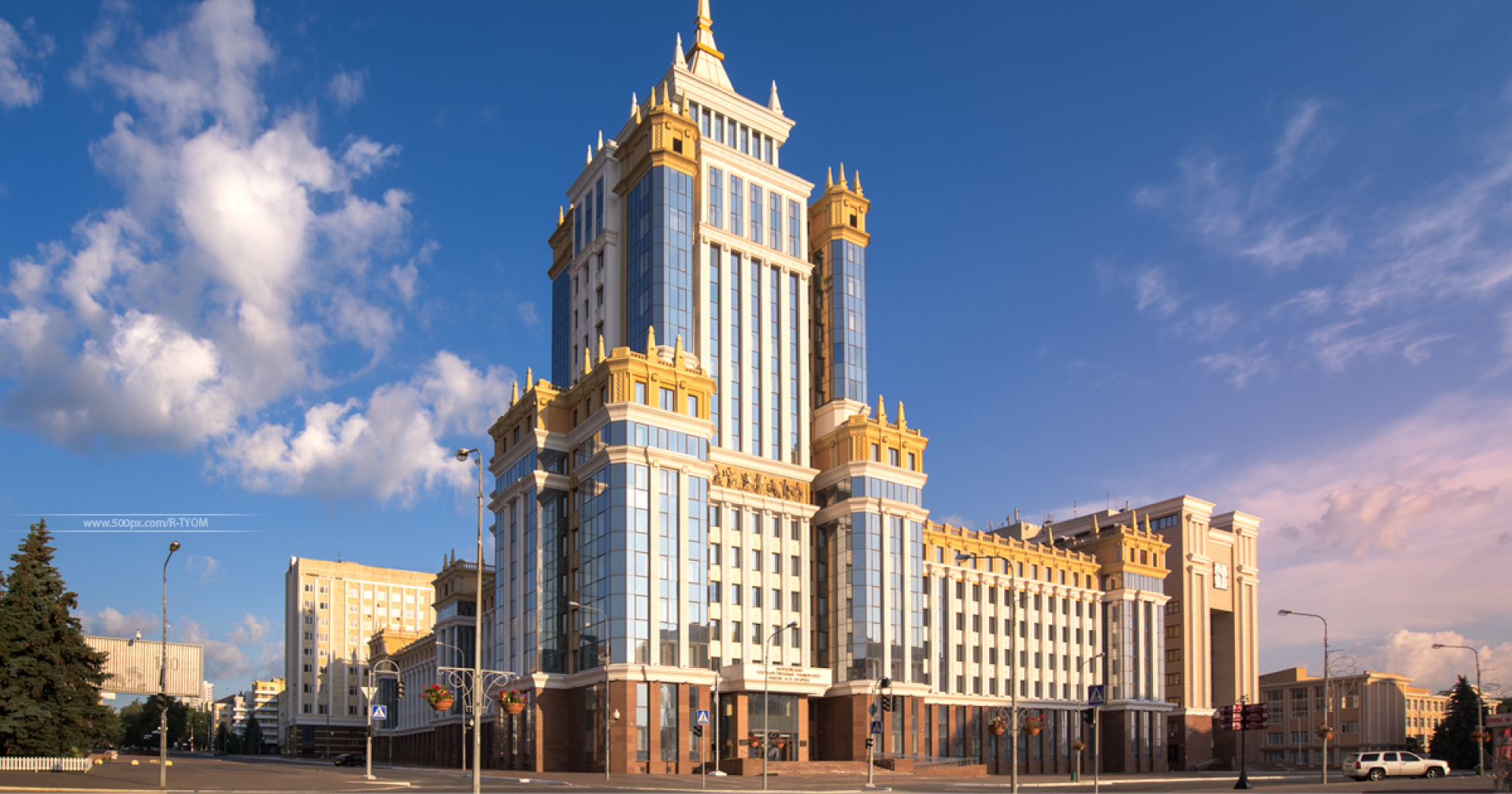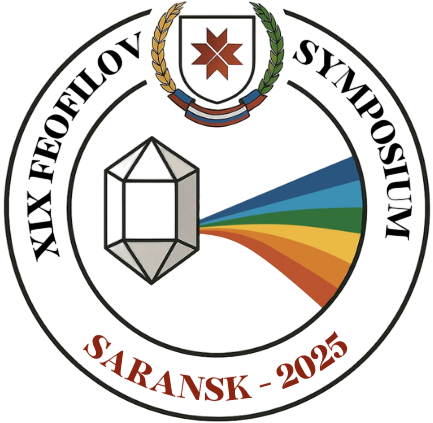Important Dates
Abstract submission and registration deadline — July 14 Extended deadline for abstract submission and registration — July 31 Expertise reports must be uploaded to personal accounts by the end of AugustConference Program
Download the full program with schedule, sessions, and speakers.
⬇️ Download Program (PDF)Thesis Submission and Participant Profile
For submitting abstracts and their subsequent publication in the Conference Book of Abstracts, all registered participants must upload scanned copies of their expert review reports.
- Prepare your abstract following the official conference template and guidelines.
- Upload the scanned copies of your expert review documents.
- Check and, if necessary, update your participant profile.
Conference Participation Format: On-site
The on-site format implies personal attendance at the conference. This allows participants to interact directly with colleagues, present the results of their research, and establish new scientific connections.
- On-site participation with an oral presentation
- On-site participation with a poster presentation
- On-site participation without a presentation (as an attendee)

Petr Petrovich Feofilov
Petr Petrovich Feofilov, one of the most renowned Russian scientists of the 20th century in the field of optical spectroscopy, began his scientific career under the supervision of Academician Sergei Ivanovich Vavilov. Feofilov made a significant contribution to the development of crystal physics doped with rare-earth (RE) and transition-metal ions.
He was among the first researchers worldwide to conduct systematic studies of the optical properties of crystals containing ions with an unfilled f-shell (including RE-element and uranium ions). Feofilov identified key issues such as multiple activator centers, crystallochemical activation conditions, and the physical structure and energy levels of RE centers.
Studies of luminescent properties of crystals conducted by P. P. Feofilov led to the creation of a laser based on calcium fluoride doped with samarium and uranium ions — one of the first solid-state lasers. These works had a profound impact on the development of crystallography and optical spectroscopy of defects in crystals.
It is also worth noting that Feofilov was a friendly, open-minded and versatile individual of great talent.
Conference Sections
- Optical, terahertz, EPR (electron paramagnetic resonance), neutron, and Mössbauer spectroscopies of f- and d-ions in crystalline and amorphous insulators and semiconductors
- Coherent, nonlinear, and Raman spectroscopies
- Dynamic processes in excited states and relaxation phenomena
- Energy transfer mechanisms
- Electron–phonon interactions
- Magneto-optical spectroscopy
- Spectroscopy of multiferroics
- Cooperative processes and coherent phenomena
- Modeling of electronic structure and spectrum simulations
- Microscopic theory of exchange and hyperfine interactions
- Charge transfer and charge ordering phenomena
- Crystallographic aspects of optical material development
- Quantum information processing and measurement instrumentation
- Applications of f- and d-ion spectroscopy (thermometry, sensors, theranostics)
Plenary Talks
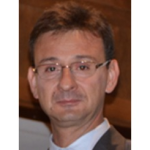
Miroslav Dramicanin

Igor S. Lyubutin

Kev Minullinovich Salikhov

Alexander I. Smirnov

Valerii S. Zapasskii
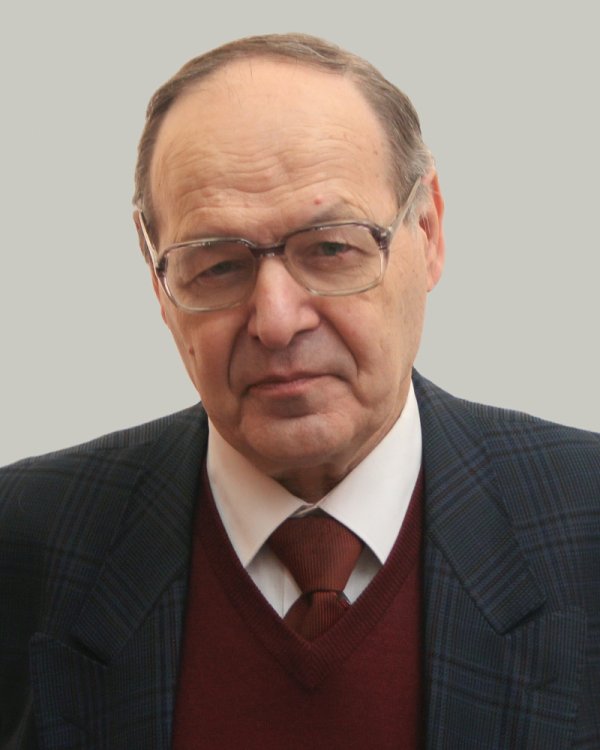
Nikolay N. Rosanov
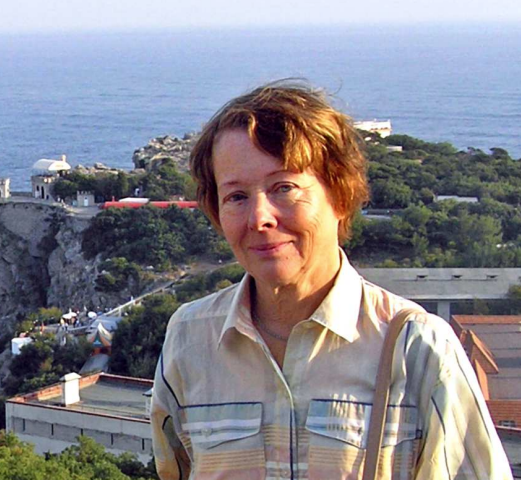
Marina N. Popova
International Advisory Committee
- Evgeny B. Aleksandrov (Russia)
- Miroslav Dramićanin (Serbia)
- Philippe Goldner (France)
- Vladimir V. Khizhnyakov (Estonia)
- Evgenius L. Ivchenko (Russia)
- Oscar Malta (Brazil)
- Sergey I. Nikitin (Russia)
- Michael Reed (New Zealand)
- Nikolai N. Rozanov (Russia)
- Alok Shrivastava (USA)
- Wiesław Stręk (Poland)
- Paul van Loosdrecht (Germany)
- Bruno Viana (France)
Organizing Committee
-
Dmitry E. Glushko
Chair — Ogarev Mordovia State University, Saransk
-
Polina A. Ryabochkina
Vice-Chair — Ogarev Mordovia State University, Saransk
-
Tatyana V. Volkova
Scientific Secretary — Ogarev Mordovia State University, Saransk
-
Natalia V. Sidorova
Ogarev Mordovia State University, Saransk
-
Nikolay V. Moiseev
Ogarev Mordovia State University, Saransk
-
Irina N. Evteeva
Ogarev Mordovia State University, Saransk
-
Elena P. Tryamkina
Ogarev Mordovia State University, Saransk
Program Committee
Boris Z. Malkin
Co-Chair — Kazan Federal University, Kazan
Andrei V. Naumov
Co-Chair — Lebedev Physical Institute, Troitsk
Marina N. Popova
Co-Chair — Institute of Spectroscopy, Russian Academy of Sciences, Troitsk
Tatyana V. Volkova
Scientific Secretary — Ogarev Mordovia State University, Saransk
Mikhail V. Eremin
Kazan Federal University, Kazan
Alexey A. Kalachev
Kazan Scientific Center, Russian Academy of Sciences, Kazan
Vladimir N. Makhov
Lebedev Physical Institute, Moscow
Evgeny F. Martynovich
Institute of Laser Physics SB RAS, Irkutsk
Sergey A. Moiseev
Kazan Quantum Center, Kazan
Alexander S. Moskvin
Ural Federal University, Ekaterinburg
Roman V. Pisarev
Ioffe Institute, Saint Petersburg
Polina A. Ryabochkina
Ogarev Mordovia State University, Saransk
Valery S. Zapassky
Saint Petersburg State University, Saint Petersburg

In Memory of Alexander A. Kaplyansky
Alexander A. Kaplyansky was a world-renowned scientist in the field of optical spectroscopy of solids and an honorary chairman of the International Feofilov Symposium (IFS).
He graduated from the Faculty of Physics of Leningrad State University (now Saint Petersburg State University) in 1953. In 1957, under the supervision of Academician Evgeny Gross at the Leningrad Physical-Technical Institute (now the Ioffe Institute of the Russian Academy of Sciences), he defended his Ph.D. thesis devoted to the discovery and study of the fine-structure of the fundamental absorption edge in semiconductors, associated with the optical excitation of excitons.
In 1967, he defended his Doctor of Science dissertation on “Piezospectroscopy of Crystals.” For many years, he headed the Laboratory of Solid-State Spectroscopy at the Ioffe Institute of the Russian Academy of Sciences. In 1987, he was elected a corresponding member of the USSR Academy of Sciences, and in 2003 — a full member (academician) of the Russian Academy of Sciences.
- Optical anisotropy of cubic crystals in the region of exciton resonance.
- Splitting of excitonic transition lines under uniaxial elastic stress in crystals.
- Excitonic structure in the photoconductivity spectra of semiconductors.
- Reversible splitting of impurity spectral lines under directed elastic deformation.
- Structural ferroelastic phase transition in mercury halides with unique anisotropic properties.
- Spontaneous formation of stable domains in impurity dielectrics (concentrated ruby) under strong optical excitation.
He also established the role of inverse local symmetry of impurity centers in the phenomenon of hole-burning in impurity spectra. Together with his colleagues, he investigated nonequilibrium terahertz phonons in crystalline and amorphous dielectrics and semiconductors, systems with quantum wells, ceramics, and optical fibers — exploring their propagation, scattering on defects, and interaction with impurity and excitonic electronic levels.
Preface to the Special Issue ICL 2023
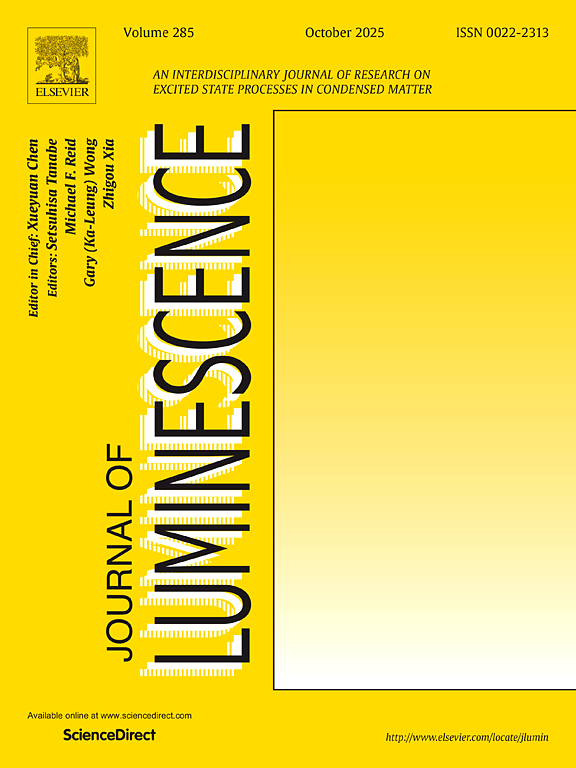
This Special Issue is dedicated to the best contributions presented at the International Conference on Luminescence (ICL 2023) and reflects the current trends in luminescent materials and photonics. The preface highlights the key research directions developed as a result of the conference and the contribution of the authors to advancing both fundamental and applied aspects of luminescence.

